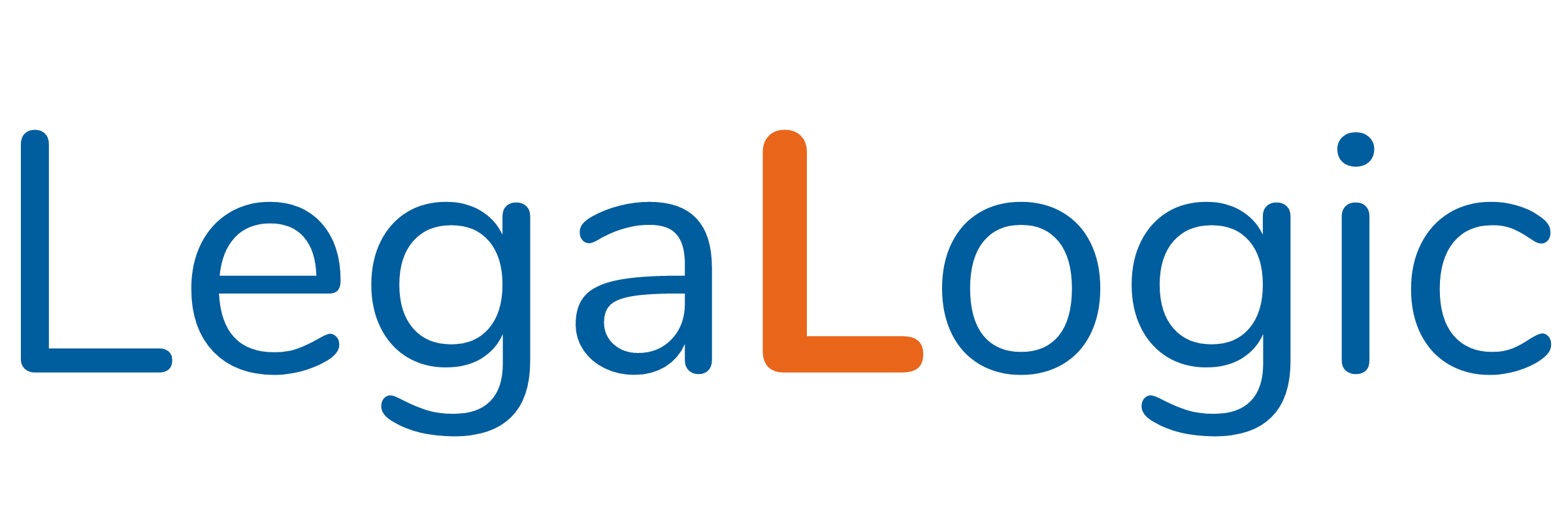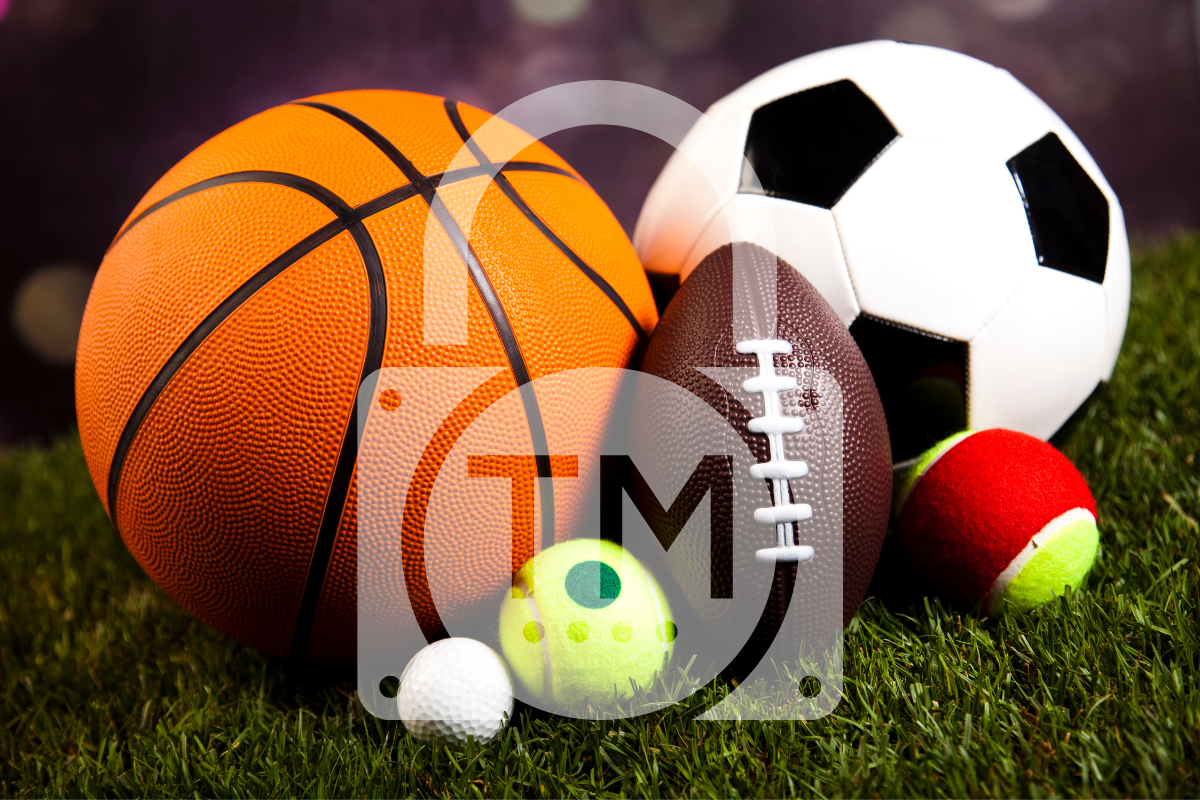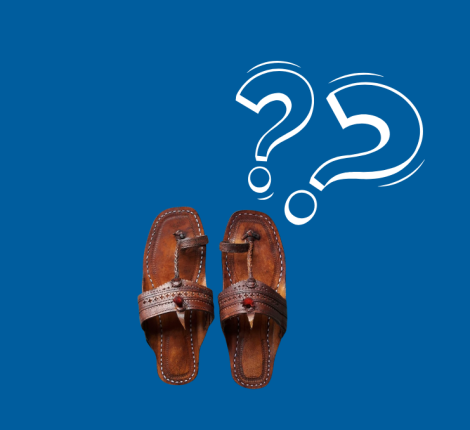IPR Newsletter: Trademarking Sports Celebrations – January 2023
Introduction
Sports are a part of human culture and every sporting event however big or small is celebrated as a festival. With the rapid change and evolution, sports now have also become a sector of business. Sports sponsorships, merchandising, branding, etc play a huge role in boosting the sporting industry. The main purpose of all these is to enter into corporate endorsements which make the company as well the athlete rich as well as famous. Due to so much branding and sponsorships involved, the players today themselves have become brands. So, it is important to protect their own brand. So, these world-class players usually trademark their names, signatures, initials, etc. Cristiano Ronaldo has trademarked his initials as CR7 whereas Michael Phelps has trademarked his MP logo.
However, the new trend which can be seen in sporting trademarks is, trademarking celebrations. Famous footballer Gareth Bale has trademarked his famous goal celebration.

And quite recently another famous footballer Kylian Mbappe has filed a trademark application to protect his celebration.

So how are these goals or sports celebrations actually trademarked?
Trademarking Sports Celebration
Trademarks are powerful and indispensable tools. In sports, trademarks are used to create commercial value. With the globalization of trade, trade names, and brands have gained immense value and recognition which is required for minimum standards of protection and efficient procedure for enforcement as recognized under the Trade-Related Aspects of Intellectual Property Rights (TRIPS). By protecting the trademark, a sportsperson, organization or association can ensure that the value and integrity of the event are maintained. There will be maximum commercial revenue from sponsorship, merchandising, and licensing and the confidence of the customer will also be retained and legitimate.
Trademarking a sports celebration comes under the “Unconventional or Non-traditional Trademarks category”. Because you don’t often see people trademarking such a thing. It’s only very rare that even athletes trademark their celebrations. Now, the registration of such unconventional trademarks is a little tough and complex as compared to the traditional ones. However, two very important factors must be taken into consideration:
- The Graphical Representation of the mark
- Its Distinctiveness
Graphical Representation
Graphical Representation means the celebration must be either explained properly, or a video illustrating the celebration must be shown. Article 2 of the EU Directive 2008 talks about the criteria for graphical representation while stating that A trade mark may consist of any signs capable of being represented graphically, particularly words, including personal names, designs, letters, numerals, and the shape of goods or their packaging, provided that such signs are capable of distinguishing the goods or services of one undertaking from those of other undertakings. Other important things which one should keep in mind are clarity, preciseness, accuracy, accessibility, etc. For example, the famous long-distance runner Mo Farah has trademarked his famous victory pose “the Mobot”. Only a generic description of the mark may create confusion.
Distinctiveness
Distinctiveness is by far the most important factor for which a trademark might get refused. The mark must show uniqueness, only then shall it get registered. Even the Indian Trademarks Act 1999, has inserted the criteria of the distinctiveness of a trademark. Now this condition for unconventional trademarks like sports celebrations is much more difficult.
So, for a celebration to be distinctive, it must show absolute originality. Distinctiveness is a term which is acquired over time. A short period of time is not sufficient to prove the distinctive nature of such a trademark. It is also binding in an action for infringement or passing off to show that the mark has acquired distinctiveness. Thus, it has become very difficult, especially for sportspersons to register their move as there is no prior use of the move/action that can be attributed to the player showcasing the mark’s distinctness. The mark should also not cause any sort of confusion in the minds of the public, which is an absolute bar for refusal of the trademark. Also, trademarks should not hurt any religious sentiments. This becomes very difficult as most sports celebrations are done in the heat of the moment, so to presume that this particular celebration might hurt someone’s sentiment, is a very deep matter in itself.
Importance Of Registering A Sports Trademark
Sports trademarks are valuable assets that can build confidence, trust, and loyalty to a product. Trademarks let customers recognize the products of a particular business, and they’re an essential part of branding. Strong branding can increase prices, customer loyalty, revenue, and growth. A sporting trademark can also be an appealing factor or a symbol of one’s behaviour and lifestyle. Trademarking a signature, logo, pose, name, etc. Helps and protects you from other companies and individuals who make a profit out of these. Many sports stars generate significant earnings from their own brands as elite athletes and from sponsorship deals with other brands. As previously mentioned, football star Gareth Bale who trademarked his celebration gained a net profit of more than 8 million pounds due to the trademark. Hence sports trademarks however cliché or weird as they may sound, definitely help the athlete boom in his/her career in the field.
Conclusion
Trademarking a sports celebration is a tough task, but its benefits are equally brighter. Understanding the trademark right plays a crucial role for everyone as no one would love to get into trouble unconsciously.





